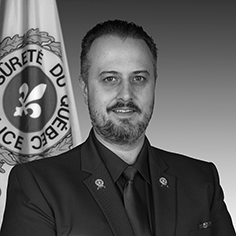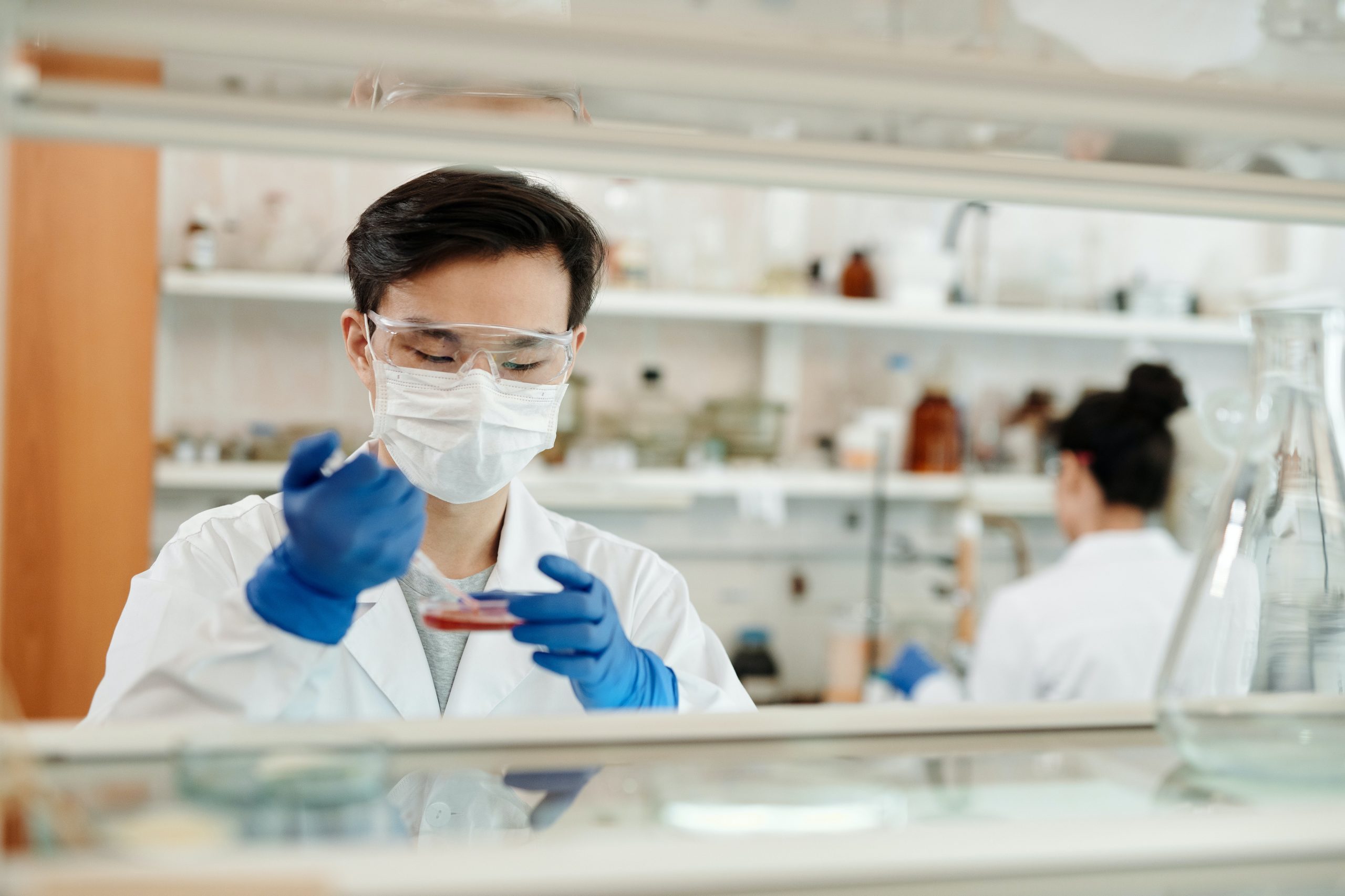Forensics
Government Case Study: Re-Evaluating and Improving the Current Standards in Traditional Forensic Sciences in Canada

Alexandre Beaudoin M.O.M.,
Forensic Sciences Services Chief
Sûreté du Québec

Improving the Forensic Standard
Forensic science, like all sciences, has to continually develop and evolve. Whereas previously, forensics was generally a discipline left to its own devices working to assist in investigations, it is now a discipline that is often at the forefront of the investigations, with cases determined by the strength of a forensic case. As such, Alexandre Beaudoin M.O.M. , the Forensic Sciences Services Chief at Sûreté du Québec (SQ), the main safety and policing organization of the province, says that “forensic science, and specifically the fingerprinting field, has had to rethink their ways of doing things moving forward.”
The field of fingerprinting is a microcosm of the rest of the discipline and shows how much things have changed and are changing. For many years, the standard fingerprinting identification was the “ACE-V scientific process, which consists of analysis, comparison and evaluation to determine a verification.” However robust, scientific and objective the process might be, much like in medicine, “the expert opinion is based on observation and the conclusion is therefore invariably subjective.” It might still hold up in court and has worked for a long time, but there was always room for improvement.
SQ decided to do something about it. Specifically, they decided “to improve the standard by adding likelihood ratio to the ACE-V process during evaluation.” Likelihood ratios (LR) are often used in the medical testing field to determine how likely it is that a patient has a certain condition or disease. [1] In this case, the LR would determine whether the fingerprint or mark came from the same or different sources, based on the following formula:
[1] https://www.statisticshowto.com/likelihood-ratio/

LR is already being used in some countries for fingerprint determination, and the results are so conclusive that when two finger marks have been analyzed, “to say they are not from the same source is a practical impossibility.” Before LR was deployed in Canada for the same kind of analysis, “we made a pre-implementation study with pseudo-operational tests.” This was done in collaboration with the University of Lausanne in Switzerland, which was one of the countries that had already used LR. The validation study led to the drafting of “operational procedures.”
For the implementation, which will begin shortly, human expertise is still used, but it is augmented with statistics “to give assistance to the decision-making process, and to support the conclusion for presenting an identification to the court.”
LR is already being used in some countries for fingerprint determination, and the results are so conclusive that when two finger marks have been analyzed, “to say they are not from the same source is a practical impossibility.” Before LR was deployed in Canada for the same kind of analysis, “we made a pre-implementation study with pseudo-operational tests.” This was done in collaboration with the University of Lausanne in Switzerland, which was one of the countries that had already used LR. The validation study led to the drafting of “operational procedures.”
For the implementation, which will begin shortly, human expertise is still used, but it is augmented with statistics “to give assistance to the decision-making process, and to support the conclusion for presenting an identification to the court.”
”
We developed a tool to help compare technology in a more objective way. It helps managers to compare technologies, taking into account stable and verifiable criteria, exportable in any country.
Alexandre Beaudoin M.O.M., Forensic Sciences Services Chief, Sûreté du Québec

Other Ways to Make Improvements
Forensic technology assessment is another field that SQ is involved in, but this is a field that requires specific technology. Like all organizations, SQ is tasked with “trying to do more with less money,” although for the purchase of this technology, this is counterintuitive. “The fragmentation of resources sometimes leads to bad technology investment.” If different organizations use different technologies, then this also leads to a “lack of compatibility between police forces and laboratories.” Part of this miscommunication comes down to the fact that “the scientists that assess and use the technology are not the managers that make the purchase. So the language between them is lost in translation.”
To overcome this barrier, SQ developed a “decision-making tool to bridge the gap between forensic science and management.”
It works sort of like a stock market index, in that “it measures the value of the market.” The stock market index “is used by investors and managers to describe the market and compare the potential return on investment, but no decision is based solely on this index.” It simply helps those concerned to target safer and more secure investments. Similarly, the forensic index “is a measurement of the value of forensic technology.” It too is used by “forensic managers and researchers to compare different forensic technologies.” Officially called the “Forensic Assessment of Technology Effectiveness index or the ForATE index,” it takes into account “efficiency, health, safety, complexity and the time involved.” There is a complex mathematical equation to measure all of this, but the end result is that it is an index that could be used for “cost-efficiency analysis,” as well as for any other kinds of forensic analyses, like “chemical, biological or forensic light sources.”
There is a calculator that is freely available [1] specifically for chemical or forensic light sources, but this could be easily adapted to “other fields in forensic sciences.” The calculators are built in an Excel format, making it easy to use and work with. The ForATE index could also be “a great way to translate multiple scientific facts into clear and understandable management languages.” It could be used to determine the financial outlay for forensic technology “before making a bad investment.” It also falls under an ISO standard for risk management accreditation. Costs have not been built into the index because they are “going to change from country to country,” but the index can still “help you to make some decisions based on cost efficiency.”
[1] http://alexandre.beaud0in.net/ForATE.htm





















